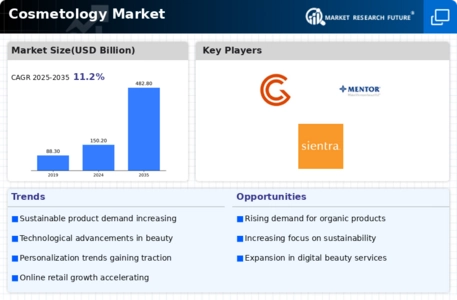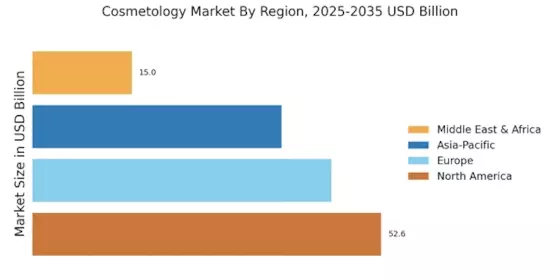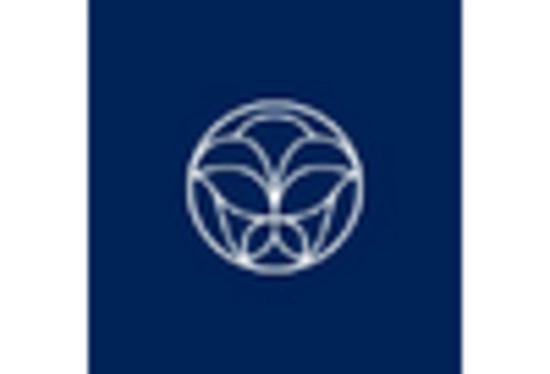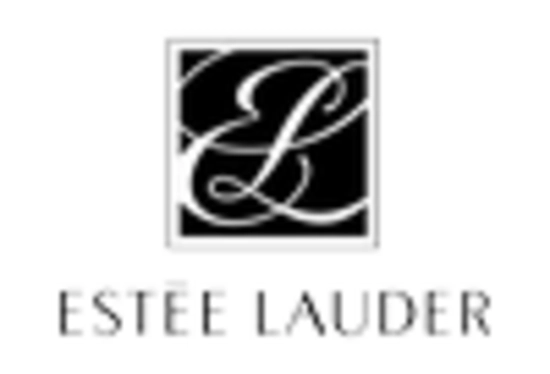The Cosmetology Market is characterized by a dynamic competitive landscape, driven by innovation, sustainability, and digital transformation. Major players such as L'Oreal (France), Estée Lauder (US), and Procter & Gamble (US) are at the forefront, each adopting distinct strategies to enhance their market positioning. L'Oreal (France) emphasizes innovation through its extensive research and development initiatives, focusing on sustainable beauty products that appeal to environmentally conscious consumers. Meanwhile, Estée Lauder (US) has been actively pursuing digital transformation, enhancing its e-commerce capabilities to cater to a growing online consumer base. Procter & Gamble (US) is leveraging its vast distribution network to optimize supply chains, ensuring product availability across diverse markets. Collectively, these strategies contribute to a competitive environment that is increasingly focused on consumer preferences and technological advancements.
The business tactics employed by these companies reflect a nuanced understanding of market demands. Localizing manufacturing has become a prevalent strategy, allowing firms to reduce costs and respond swiftly to regional trends. The market structure appears moderately fragmented, with a mix of established brands and emerging players vying for market share. This fragmentation is indicative of the diverse consumer preferences that exist globally, compelling companies to tailor their offerings accordingly.
In August 2025, L'Oreal (France) announced a partnership with a leading tech firm to integrate artificial intelligence into its product development processes. This strategic move is poised to enhance L'Oreal's ability to predict consumer trends and personalize product offerings, thereby solidifying its competitive edge in the market. The integration of AI not only streamlines operations but also aligns with the growing consumer demand for customized beauty solutions.
In September 2025, Estée Lauder (US) launched a new sustainability initiative aimed at reducing its carbon footprint by 50% by 2030. This initiative underscores the company's commitment to environmental stewardship and resonates with a consumer base that increasingly prioritizes sustainability in their purchasing decisions. By positioning itself as a leader in sustainable practices, Estée Lauder is likely to attract a loyal customer segment that values ethical consumption.
In July 2025, Procter & Gamble (US) expanded its product line to include a range of vegan and cruelty-free cosmetics. This expansion reflects a broader trend within the industry towards ethical beauty products, catering to a demographic that is becoming more conscious of animal welfare and ingredient sourcing. By diversifying its offerings, Procter & Gamble not only meets consumer demand but also enhances its brand reputation in a competitive market.
As of October 2025, the competitive trends within the cosmetology market are increasingly defined by digitalization, sustainability, and the integration of advanced technologies such as AI. Strategic alliances are becoming more prevalent, enabling companies to pool resources and expertise to innovate more effectively. Looking ahead, it is anticipated that competitive differentiation will evolve, shifting from traditional price-based competition to a focus on innovation, technological advancements, and supply chain reliability. This evolution suggests that companies that prioritize these aspects will likely emerge as leaders in the ever-evolving cosmetology landscape.


















Leave a Comment